Yin Fu Ba Gua Zhang
History of Ba Hua Zhang
The creation of Ba Gua Zhang, as a formalized martial art, is attributed to Dong Hai Chuan, who is said to have learned from Taoist (and possibly Buddhist) masters in the mountains of rural China during the early 19th century. There is evidence to suggest a synthesis of several pre-existing martial arts taught and practiced in the region in which Dong Hai Chuan lived, combined with Taoist circle walking. Because of his work as a servant in the Imperial Palace he impressed the emperor with his graceful movements and fighting skill, and became an instructor and a bodyguard to the court. Dong Hai Chuan taught for many years in Beijing, eventually earning patronage by the Imperial court.
Famous disciples of Dong to become teachers were Yin Fu, Cheng Tinghua, Ma Gui, Song Chan Grong, Liu Fengchun, Ma Wei Qi, Liu Bao Zhen, Liang Zhen Pu and Liu De Kuan. Although they were all students of the same teacher, their methods of training and expressions of palm techniques differed. The Cheng and Liu styles are said to specialize in “pushing” the palms, Yin style is known for “threading” the palms, Song’s followers practice “Plum Flower (Mei Hua)” palm technique and Ma style palms are known as “hammers.” Some of Dong Hai Chuan’s students, including Cheng Ting Hua, participated in the Boxer Rebellion. In general, most Ba Gua exponents today practice either the Yin, Cheng, or Liang styles, although Fan Shi Liu, Fu and other styles also exist. (The Liu style is a special case, in that it is rarely practiced alone, but as a complement to other styles). In addition, there are sub-styles of the above methods as well, such as the Sun, Gao, and Jiang styles, which are sub-styles of Cheng method.
[callout2]Our Lineage, Yin Fu Ba Gua Zhang[/callout2]
If one was intent on gaining insights into the teaching of a great martial arts master, the originator of a deeply profound system, say, Dong Hai Chuan; it would make sense to start by looking closely at the teaching of his top student, the man who spent the most time with the master, the one who inherited the complete system, the true lineage holder. In the case of Ba Gua Zhang this man is undisputably Yin Fu. Yin Fu was Dong Hai Chuan’s first Ba Gua Zhang student, he was with Dong the longest, he had the most personal contact with Dong, and he himself was teaching Ba Gua Zhang while most of Dong’s other well known students were still getting their feet wet. However, in this case “going straight to the source” is not so easy. Yin Fu did not teach many people his Ba Gua Zhang and of those he did teach, only a few received his complete system.
In contrast with the Cheng Ting Hua Ba Gua School, the Yin school of Ba Gua Zhang has been much “closed.” Yin’s top students, like Yin, did not have many students and of the students they had; only a few were taught deeply. Yin Fu was very conservative in his teaching and was reluctant to teach everything to all his students. While Yin Fu probably taught a couple of dozen students, it is said that he only accepted 10 students as official disciples. Of those ten, there is probably only one or two who learned everything Yin had to teach. There has been a tradition in the Yin school that only one student of each teacher received the whole system and was designated the official lineage holder. Holding this policy to be true, it is easy to see why the complete Yin style Ba Gua Zhang system has not been spread widely.
[callout2]Ba Gua Zhang the mother of Japanese JuJitsu?[/callout2]
During the Ming Dynasty (1136-1644) a Chinese priest named Chin Gen Pin, or Chuen Yuan Pin, (1644-48, or 1627) was believed to be the first to introduce the art of Chuan Fa (believed to be a form of Ba Gua Zhang) to Japan. Since its introduction, it has been a popular belief that Chinese Chuan Fa gave rise to Japanese/Okinawan Ken Po (Kem Po) and Jujitsu. However, some historians believe that contrary to this belief, Chinese Chuan Fa and Japanese Jujitsu is quite different, although some knowledge of Ken Po did give stimulus to the progress of Jujitsu. The art of Kenpo brought by Chen Gen Pin consisted mainly of kicking and striking.
Yin Fu Ba Gua Zhang practitioner and teacher Ian A. Cyrus began his training in 1985 under the tutelage of Mario De Giacomo. He has continued to refine and perfect the art since. The underlying principles, concepts, and philosophy of Ba Gua Zhang is subsumed under Yu Shin Jong Hap Kwon Bup (Flowing Mind Integrated Fist Method), a Research Group.
